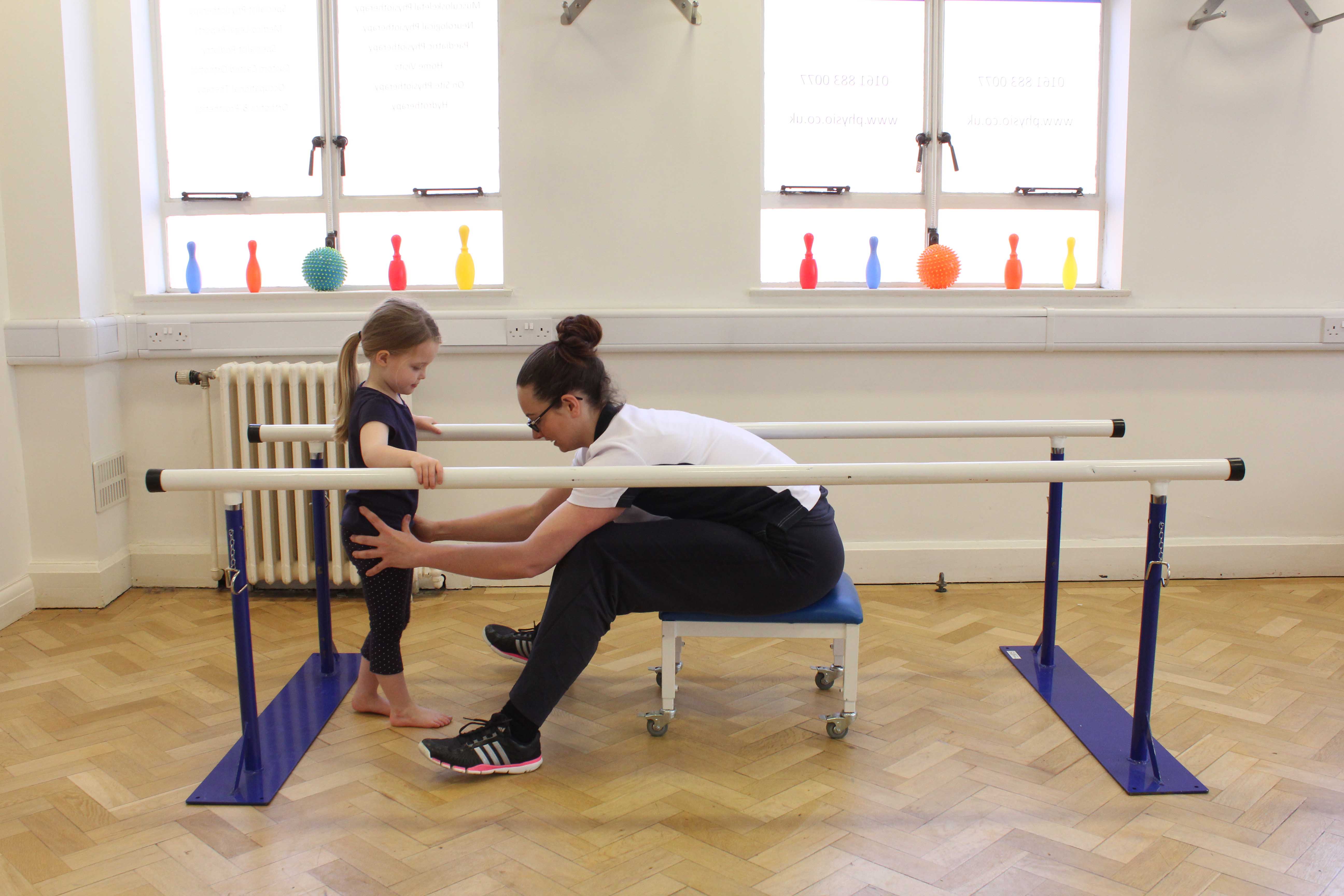As a parent, it’s wonderful to watch your kid grow and develop, but it’s natural to worry if they aren’t progressing as quickly as they should. A child’s peers at playgroup or nursery school may serve as a valuable reference and a good method to spot problems early on. At times like these, paediatric physiotherapists are there to provide a helping hand to children.
When to Seek Paediatric Physiotherapy
There are many different circumstances in which a parent could seek the advice of a physiotherapist, such as:
Delay in Development
A child may have a developmental delay if they are not sitting up, holding their head up, rolling over, crawling, walking, running, jumping, or talking at the expected age for their age group. Since children develop at different rates, it is reasonable to assume that there will be some degree of difference or delay among them. But, if your child is developing at a slower rate than other children their age or if they are displaying other indicators such as poor muscle tone, difficulty with handwriting, walking, or tying their shoes, it may be beneficial to have them evaluated by a physiotherapist. Paediatric physiotherapy places emphasis on both regular and individualised exercise, both of which may be beneficial to the development of children’s physical and motor skills.
How Could Pediatric Physical Therapy Function?
While each child’s physiotherapy sessions are designed specifically for that child, there are certain commonalities that can be seen in almost all of these sessions. The following is a list of potential objectives that might be set for your therapy sessions:
- Exercises that strengthen your muscles and improve your balance are highly recommended
- Classes that test your limits and exercises that build your flexibility
- Activities that assist children in improving their manual dexterity by picking up, carrying, and putting down objects
- The use of a mirror has the potential to enhance one’s sense of direction as well as coordination
- Exercises designed to increase range of motion, such as those that focus on stretching, toning, or lengthening the muscles
- The use of hydrotherapy with the goals of alleviating aching muscles, lowering the amount of pressure placed on joints, and improving the range of motion
- Speech and Language Therapy, sometimes known as SALT, is a kind of speech and language therapy that is used to treat a variety of speech and language abnormalities, including lisps and problems with pronunciation
- Assessment of the requirements for mobility aids such as wheelchairs and orthotics, as well as training in the proper use of such devices
The comprehensive exams, individualised exercise regimens, and positive reinforcement that are part of paediatric physiotherapy have the ability to help children reach their full potential. It is also the route to take before and after surgical procedures, which is why it is advised for children who need medical treatment. In addition to this, the skill of paediatric physiotherapy involves the ability to help children who have disabilities in reaching their fullest potential in terms of their health, mobility, and independence.
Benefits of Paediatric Physiotherapy for Children
Therapy sessions may take place in a variety of places, including hospitals, clinics, rehabilitation centres, and even the patient’s own home.
There are several advantages for children to participate in physiotherapy, and the treatment may be maintained throughout the child’s whole life. The therapeutic strategy has to be modified as the child grows older. In order to satisfy the educational, social, and cultural needs of the child, the physiotherapist needs to be able to pay a visit to the child either at his or her place of residence or school. This will allow the physiotherapist to make any necessary adjustments to the treatment plan or community area.
To offer treatment for a child in accordance with the tenets of the Family Centered Intervention and Early Diagnosis paradigm, a paediatric physiotherapist will work in conjunction with other medical providers to deliver this care. The multidisciplinary team (MDT) will include members of the patient’s family as well as professionals in several medical fields. There is a possibility that among them, there will be a paediatrician, neurologist, nurse, occupational therapist, psychologist, play therapist, pharmacist, dietician, educator, and another kind of professional.
There are several benefits associated with paediatric physiotherapy, such as the following:
- Integration of reflexes takes place, and the child’s posture improves as a result.
- Increases mobility by putting an emphasis on developing effective routines.
- Improves overall muscular strength and stability.
- Facilitates an increase in balance and control.
- Increases the total range of motion that may be performed.
- It helps one’s muscles get stronger.
- Improvements to walking and training in walking were made.
- Aids in the treatment of respiratory problems.
- Assists in overcoming challenges encountered when studying.
In Summary
Paediatric physiotherapy may help children in a variety of ways, including teaching them how to master and apply crucial gross motor and functional mobility skills on their own. Physiotherapy is essential for children’s general physical health and well-being, in addition to dealing with problems such as accidents and diseases.
